 Infographic from Mindjet
Infographic from Mindjet Holding It Down for Content Marketing and The East Coast
If you're a fan of content marketing, then you are probaly in awe of all the infographics, corporate journalism and general social goodness coming from Mindjet. Over the past few months together with Jess3 they've had an on-going series called "Between Minds: An Ongoing Taxonomy of Team Dynamics". They have highlighted optimists vs. pessimists, left-brained vs. right-brained and my favorite - thought leaders vs. do leaders.
When they released their latest post "East Coast vs. West Coast: Bridging to the Coastal Divide" for the first time I wasn't quickly and clearly on one side. I was born and raised in New England, of course I might still say "wicked" and eat grinders, but my career began in Los Angeles at the start of the 90's dot-com boom. How would I choose?
After quite the spirited debate among my coworkers, conclusion was I am an East Coaster in business with some West Coast consensus skills and in my personal life I am West Coast laid back with some East Coast-in-your-faceness. Frankly, I don't think of it as having 2 distinct parts, so guess I've got that work/life integration worked out well. If you believe differently, you should know I was tagged near fisticuffs in the original post below. Guess I might be a bit more East Coast huh?
 Infographic from Mindjet
Infographic from Mindjet
 Infographic from Mindjet
Infographic from Mindjet 
 If you have read any social business articles, whitepapers or blogs lately you probably read that you need to have a plan, deploy the technology and engage the users. Such advice barely scratches the surface.
It fails to advise how to plan, how to deploy and how to engage. It is like describing the ingredients to a gourmet dessert but failing to explain how to make a mousse.
What guides successful planning, deployment and engagement is something much fuzzier and difficult to nail down: empathy.
For more on this, see the full article at
If you have read any social business articles, whitepapers or blogs lately you probably read that you need to have a plan, deploy the technology and engage the users. Such advice barely scratches the surface.
It fails to advise how to plan, how to deploy and how to engage. It is like describing the ingredients to a gourmet dessert but failing to explain how to make a mousse.
What guides successful planning, deployment and engagement is something much fuzzier and difficult to nail down: empathy.
For more on this, see the full article at  I enjoy reading Harvard Business Review, the subjects they cover and the authors writing for them are usually pretty spot on.
I enjoy reading Harvard Business Review, the subjects they cover and the authors writing for them are usually pretty spot on.
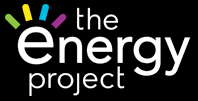 You can read more from Tony, President & CEO of the Energy Project,
You can read more from Tony, President & CEO of the Energy Project, 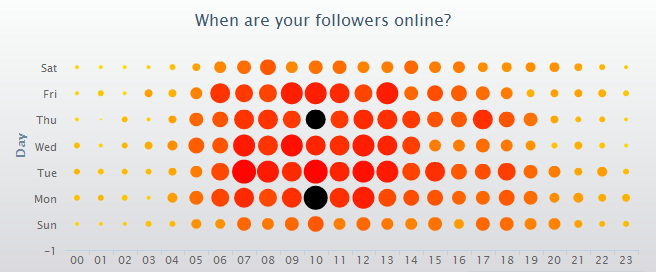
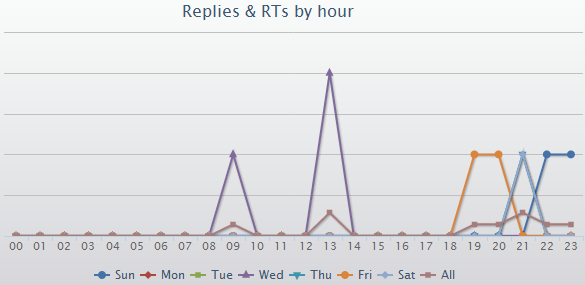
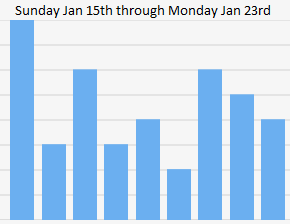 What is Next?
My best times are determined by two key measures: the performance of past tweets and when most of my followers will be online. I'll be changing some of the buffering tools I use to tweet armed with this new data and see if I can get my replies or retweets to increase. I look at this data weekly to see how changes in schedule do or don't impact reach and response.
What is Next?
My best times are determined by two key measures: the performance of past tweets and when most of my followers will be online. I'll be changing some of the buffering tools I use to tweet armed with this new data and see if I can get my replies or retweets to increase. I look at this data weekly to see how changes in schedule do or don't impact reach and response.
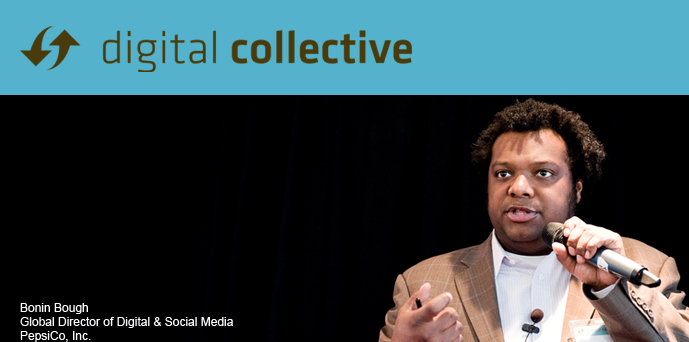 At the conclusion of the recent New York City Digital Collective, PepsiCo's Bonin Bough - Global Director of Digital & Social Media and the other hosts closed the day with a recap of the biggest issues the group shared they will be facing in 2012.
At the conclusion of the recent New York City Digital Collective, PepsiCo's Bonin Bough - Global Director of Digital & Social Media and the other hosts closed the day with a recap of the biggest issues the group shared they will be facing in 2012.